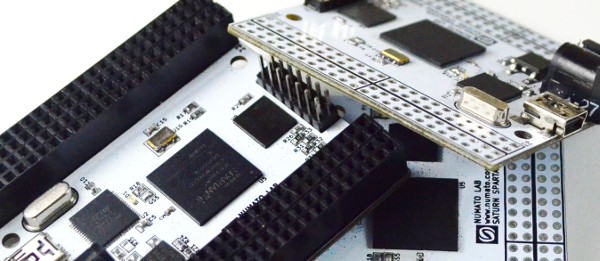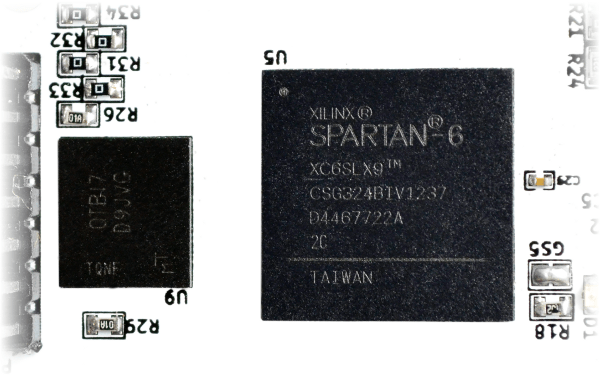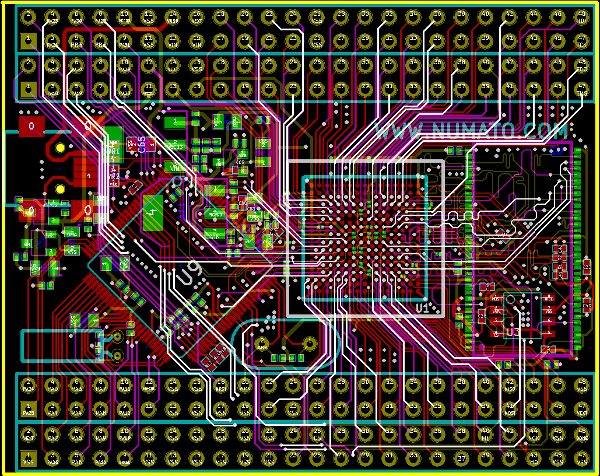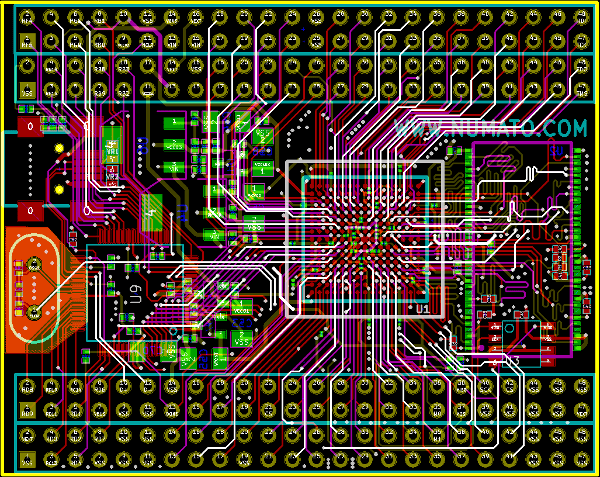FPGA Vs ASIC: Differences Between Them And Which One To Use? Introduction For a person new to the field of VLSI and hardware design, it’s often one of the very first questions: What’s the difference between FPGA, ASIC, and CPLD? In another post, we have tried to answer the differences between FPGA and CPLD. This article […]
Tag: FPGA
Some readers may remember, we attempted to design a Spartan 6 based FPGA development board with DDR SDRAM almost a year ago. The board worked to the most part except that some obvious mistakes made it impossible to get the DDR up running. We did another attempt this year to design a new board with […]
Introduction Designing and building an FPGA development board that has two BGA devices was challenging enough. But what came next did seem equally challenging to us in the beginning. That challenge was testing the functionality of the DDR interface. We had no prior experience of successfully building a board with a DDR device. And those […]
Rohit Singh put together a nice tutorial on designing an 8 bit counter using VHDL. Complete article is available at http://technologyrealm.blogspot.in/2013/06/8-bit-binary-counter-using-vhdl-on.html
We designed and published a Xilinx Spartan 6 based FPGA development board a few months ago and gave away a few bare PCBs as well. Since we didn’t have plans to make it a sellable product, it was sidelined for a while. But many readers did like the board and wanted to know if we […]
We designed a CPLD breakout board many months ago based on Ian Lesnet’s CPLD breakout design. Like many other CPLD/FPGA platforms, you need a JTAG programmer/adapter to program the onboard CPLD. Many of the JTAG programmers out there that supports Xilinx CPLDs seems to cost a couple hundred dollars at a minimum. One of the […]
For those who ordered Spartan 6 + ATSAM, here is the schematics and PCB layout. As mentioned earlier, this board is never assembled or tested. There are some known issues with the physical boards distributed. The SUSPEND pin of the FPGA is left floating, and may cause problems during configuration (this is fixed in the […]
Its been almost a year since we completely switched to KiCad. It was a great experience working with KiCad. No schematic page limits, no board size limits, built in online DRC and what not. The online DRC feature itself making the switch worth because we are completely out the DRC->FIX ERROR->DRC… cycle in Eagle. Yeh, […]




